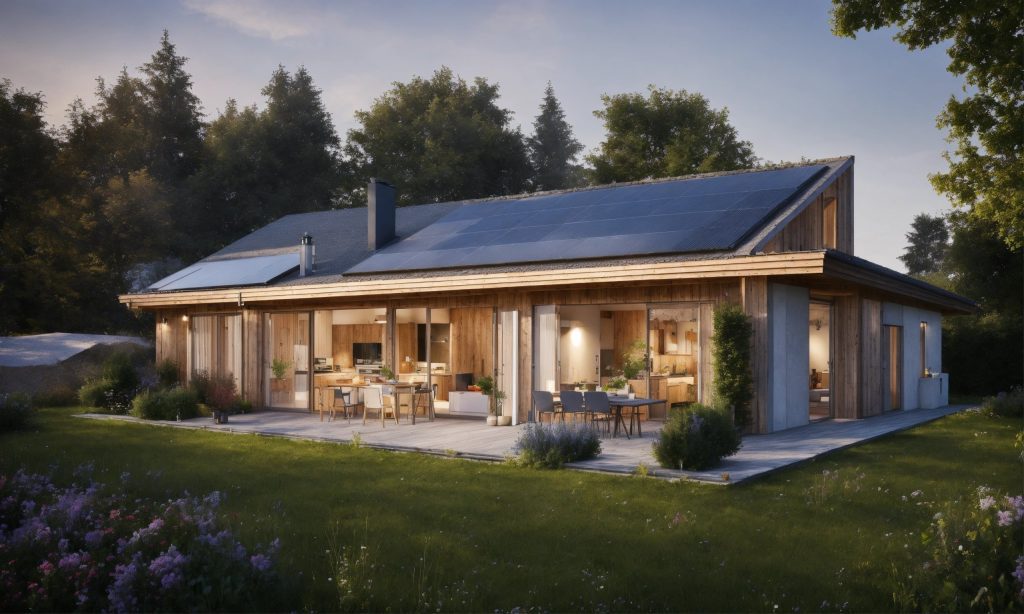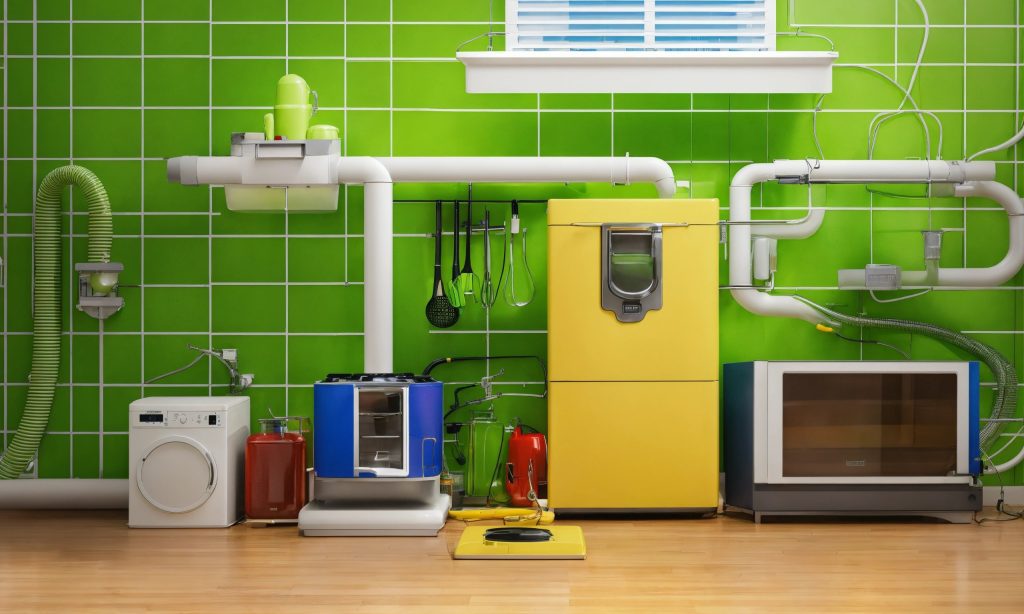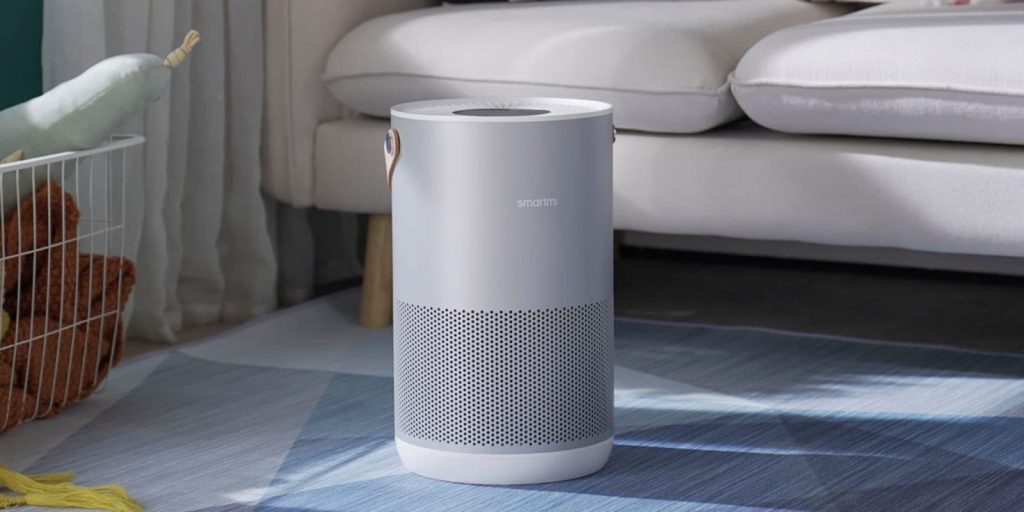In an era where environmental consciousness is paramount, the concept of sustainability is not just a trend, it’s a necessity. Individuals worldwide are seeking methods to adopt a sustainable lifestyle, aiming to reduce their carbon footprint significantly. With the advancement of technology, an exciting opportunity arises: the integration of sustainability into our very homes. This integration marries smart home technology with eco-friendly practices. Our focus here is on crafting a sustainable smart home, leveraging state-of-the-art technologies for energy conservation, resource efficiency and fostering an environmentally responsible lifestyle. This is more than a choice; it’s our future.
Energy-Efficient Lighting

Embracing energy-efficient lighting is a straightforward yet impactful step towards a sustainable smart home. Traditional incandescent bulbs fall short in energy efficiency and longevity. Instead, opt for LED or CFL bulbs that not only consume less energy but also last longer. Smart lighting systems elevate this further, offering control over lighting settings, schedules and color temperatures via apps or voice commands. Automating lights with occupancy sensors and dimming features when not needed can significantly reduce your electricity bills.
When it comes to heating, ventilation and air conditioning (HVAC) systems, they account for a substantial portion of a home’s energy consumption. Upgrading to a smart thermostat transforms how you use energy, allowing for precise temperature control. These advanced devices adapt to your preferences, adjust settings based on room occupancy and employ geofencing technology to modify the temperature as you approach your home. By optimizing heating and cooling, smart thermostats play a pivotal role in reducing energy waste and diminishing your environmental impact.
Renewable Energy Integration

To elevate your eco-friendly smart home, consider integrating renewable energy sources. Solar power stands out as a popular choice for generating clean electricity. Solar panels harness the sun’s energy and convert it into usable power for your home. By installing solar panels on your roof, you can offset a significant portion, if not all, of your electricity usage. This move not only reduces your reliance on fossil fuels but also curbs greenhouse gas emissions. Smart home systems play a crucial role in this setup, monitoring and managing both energy production and consumption. This ensures that you make the most out of renewable energy, guaranteeing it’s efficient utilization.
Smart Appliances and Energy Management

The Role of Smart Appliances in Energy Efficiency
Smart home appliances are at the forefront of enhancing energy efficiency in modern homes. These appliances, ranging from refrigerators to washing machines, are designed with advanced features that not only offer convenience but also contribute significantly to energy management. They are equipped with sensors and smart technologies that optimize their operation, reducing unnecessary energy consumption. For instance, a smart refrigerator can adjust it’s cooling based on the quantity of food stored, while a smart washing machine can select the most energy-efficient cycle based on the load.
Smart Appliances and User Control
One of the key benefits of smart home appliances is the level of control they offer to the user. Through integrated smartphone apps or voice assistants, homeowners can remotely control their appliances, schedule operations and monitor energy usage in real-time. This ability to control and automate appliance use helps in managing energy consumption more effectively, leading to lower utility bills and a reduced carbon footprint.
Energy Management and Predictive Maintenance
Smart home appliances contribute to energy management not only through efficient operation but also through predictive maintenance. These appliances can self-diagnose issues and alert homeowners about potential problems before they escalate. This proactive approach ensures that the appliances are running at optimal efficiency, thereby conserving energy. Moreover, predictive maintenance helps in extending the lifespan of the appliances, further contributing to sustainable living.
The Future of Smart Appliances in Energy Management
The future of smart home appliances in energy management is promising. With continuous advancements in technology, these appliances are becoming more intelligent and interconnected. The integration of renewable energy sources, like solar power, with smart appliances is a potential area for further enhancement. This synergy can lead to a more holistic approach to energy management, making homes not just smart, but also sustainably smart.
Water Conservation Techniques

| Technique | Description | Benefits |
|---|---|---|
| Low-Flow Fixtures | Install fixtures like showerheads and faucets that use less water without sacrificing performance. | Reduces water usage in daily activities such as showering and washing hands. |
| Rainwater Harvesting | Collect and store rainwater for outdoor use such as watering plants, cleaning and irrigation. | Lowers reliance on municipal water supply and reduces water bills. |
| Drought-Resistant Landscaping | Use plants that require less water and are adapted to arid environments to reduce outdoor water use. | Minimizes the need for watering, saving water and maintenance effort. |
| Water-Saving Appliances | Choose dishwashers and washing machines that are designed to use water more efficiently. | Cuts down overall household water consumption and saves on utility bills. |
| Smart Irrigation Systems | Employ irrigation systems that adjust watering based on weather conditions and soil moisture levels. | Optimizes watering schedule, conserving water and promoting healthier plant growth. |
| Greywater Recycling | Reuse gently used water from baths, sinks and washing machines for irrigation and toilet flushing. | Recycles water, significantly cutting down on overall household water usage. |
Recycling and trash Management

Smart home recycling and trash management systems represent a significant leap in managing household waste more effectively and sustainably. These systems utilize intelligent technology to simplify and enhance the recycling process. For instance, smart bins equipped with sensors can differentiate between recyclable and non-recyclable waste, guiding users to dispose of items correctly. They may also compress waste to reduce volume and send reminders for waste collection days, ensuring timely disposal.
Moreover, some advanced systems are integrated with apps that provide insights into waste generation patterns, helping households monitor and reduce their overall waste footprint. This data can be instrumental in making informed decisions about purchasing and consumption habits, leading to less waste generation.
These smart waste management solutions not only make recycling more convenient but also play a crucial role in environmental conservation. By optimizing waste sorting and reducing the amount of waste sent to landfills, they contribute to a significant reduction in greenhouse gas emissions and promote a more sustainable lifestyle. As we move towards a more eco-conscious future, these smart systems are essential in bridging the gap between technology and environmental responsibility.
Environmental Monitoring and Indoor Air Quality

Environmental monitoring and indoor air quality management are crucial for maintaining a healthy living environment, particularly in the context of smart homes. Advanced environmental monitoring systems can continuously assess indoor air quality, detecting pollutants like volatile organic compounds (VOCs), carbon monoxide and particulate matter. These systems often include sensors that measure temperature, humidity and other factors that influence air quality.
By providing real-time data, these systems empower homeowners to take immediate action to improve their indoor environment. This could involve activating air purifiers, adjusting ventilation systems or even simple actions like opening windows for better air circulation. Some smart home systems can automatically respond to changes in air quality, turning on air filtration systems or adjusting HVAC settings to maintain optimal conditions.
Furthermore, these systems contribute to a better understanding of how everyday activities affect air quality. For instance, they can identify spikes in pollutants during cooking or cleaning, guiding homeowners to ventilate these areas more effectively. Maintaining good indoor air quality is not just about comfort; it’s vital for health, reducing risks associated with long-term exposure to indoor air pollutants. Thus, environmental monitoring is an indispensable tool in creating healthier, smarter homes.
Frequently Asked Questions (FAQs)
Smart homes are residences equipped with technology that automates tasks normally handled by humans. These include controlling lighting, temperature, security devices, appliances and more, often remotely via a smartphone or computer.
Smart thermostats learn your heating and cooling preferences and adjust the temperature accordingly. They can also detect when you’re not home and alter settings to save energy, plus allow remote control and monitoring of your home’s temperature.
Yes, smart lighting is more energy-efficient, primarily if you use LED bulbs. These systems can be programmed to turn off when not needed and adjust brightness according to natural light levels, significantly reducing electricity usage.
Home automation refers to the automatic control of electronic devices in your home. These devices are connected to the internet, allowing them to be controlled remotely.
While smart home systems offer convenience and efficiency, they can be vulnerable to cyber threats. It’s essential to use secure, password-protected Wi-Fi networks and regularly update software to ensure the highest security level.
The Internet of Things (IoT) refers to the network of physical objects (“things”) embedded with sensors, software and other technologies for the purpose of connecting and exchanging data with other devices and systems over the internet.
To make your home more energy-efficient, consider installing smart thermostats, LED lighting, energy-efficient appliances and utilizing renewable energy sources like solar panels.
Final Thoughts
Building a sustainable smart home is an investment in the future of our world, going beyond simple comfort and convenience. Our environmental impact can be greatly reduced if we use smart technology to incorporate eco-friendly solutions into our houses. The possibilities are endless, ranging from smart thermostats and energy-efficient lighting to water conservation techniques and the integration of renewable energy sources. We can make our homes greener, more energy-efficient and environmentally responsible by adopting sustainable habits and utilizing smart home technology. One smart house at a time, let’s embrace the road toward a sustainable future.




